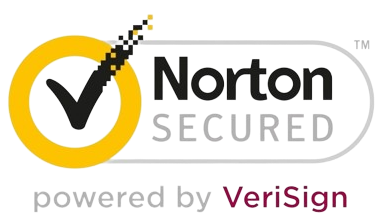Irish sayings are more than just charming phrases — they are reflections of the Irish spirit, humor, and wisdom. Known as seanfhocail (old words), these Gaelic sayings often carry deep cultural significance. Understanding these phrases helps learners appreciate not only the language, but also the traditions and values of Ireland.
Understanding the Irish Language Context
The Irish language, or Gaeilge, is one of the oldest written languages in Europe and has seen a significant revival in recent decades. While many people confuse Irish with Scottish Gaelic or the broader term Celtic, Irish is a distinct Goidelic language with a rich oral tradition.
Common Irish Sayings and Their Meanings
Here are a few beloved Irish sayings:
- “Slán go fóill” — Goodbye for now
- “Sláinte is táinte” — Health and wealth
- “Níl aon tinteán mar do thinteán féin” — There’s no place like home
- “Is fearr Gaeilge briste, ná Béarla cliste” — Broken Irish is better than clever English
These sayings express warmth, practicality, and wit — all hallmarks of Irish culture.
Using Irish Sayings in Everyday Conversation
To make Irish sayings a natural part of your speech, start with simple greetings:
- “Dia dhuit!” (Hello!)
- “Go néirí an t-adh leat” (Good luck!)
- “Grá mo chroí” (Love of my heart)
Incorporate phrases into toasts, farewells, and friendly chats to bring a bit of Gaeilge into your day.
Pronunciation Tips for Mastering Gaelic Sayings
Pronunciation in Irish is different from English. The fada (accent) alters the sound and meaning of vowels dramatically. For example:
- “Seán” vs. “Sean” (pronounced “Shawn” vs. “Shan”)
Use resources like our Irish pronunciation guide to master the subtleties.
Learning Resources to Explore More Gaelic Phrases
Whether you’re a beginner or brushing up on fluency, here are helpful tools:
Engage with podcasts, language apps, and quizzes to make learning more interactive.
Dialectal Variations in Irish Sayings Across Ireland
Sayings may vary slightly depending on region:
- Ulster Irish tends to be more phonetically distinct.
- Connacht Irish is commonly taught in schools.
- Munster Irish has unique expressions and rhythms.
Understanding dialects helps contextualize phrases in real-world settings.
Cultural Significance and Usage of Traditional Proverbs (Seanfhocail)
Seanfhocail often carry centuries of wisdom. Examples include:
- “Túisce a léiríonn téad a bhriseadh” — A chain is only as strong as its weakest link
- “Is minic a bhris béal duine a shrón” — Often a person’s mouth broke their nose
These proverbs are a beautiful way to explore Irish heritage and perspective.
Celebratory and Seasonal Sayings in Gaeilge
Popular festive greetings include:
- “Athbhliain faoi mhaise duit!” — Happy New Year!
- “Nollaig Shona Duit!” — Merry Christmas!
- “Beannachtaí na Féile Pádraig!” — St. Patrick’s Day Blessings!
Use these during holidays to connect with Irish traditions in a meaningful way.
Conclusion
Irish sayings are an invitation into the heart of Irish identity. They carry emotion, wisdom, and humor in just a few words. By learning these phrases and using them in everyday life, you not only deepen your language skills but also share in the legacy of a rich cultural tradition.
Ready to start your journey with Irish?
🚀 Join Gaeilgeoir AI and explore more ways to master Irish with fun, flexible lessons.
Related Resources:











